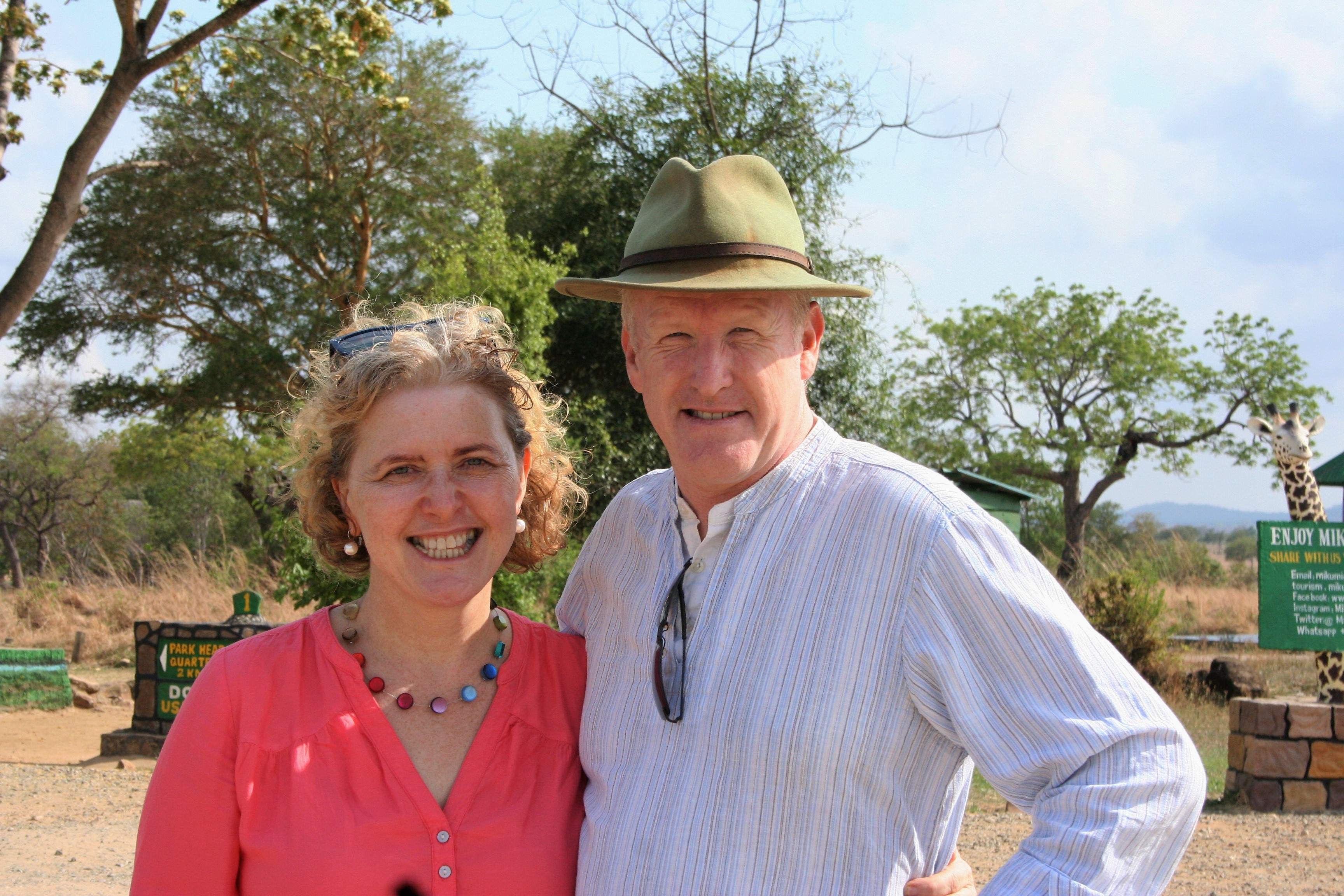Tony Swanson explains what some of the barriers are for Africans getting involved in cross-cultural mission.
In mobilising for mission, Christian demographics show that it is no longer ‘from the West to the rest’, but rather ‘everywhere to everywhere’. With this reality, it is important to recognise African churches as a mission force as well as a receiving mission field.
In January last year, Francis Manungu shared in Connect how he and his wife lead a small congregation in the Uluguru mountains of Morogoro, among the Waluguru people. His church of around 20 people is in a predominantly Muslim village and is the only Christian witness there.
A church with a vision
This is a fascinating story of a church planted with no outside help. The pastor had a vision to take the gospel to a people group different from his own. He shared this vision with the elders of the town church. Collections were taken, and the church choir spent a week in the village. Each evening, after some energetic singing, the evangelist would preach and show the Jesus Film. At the end of the week around 30 or so people had professed faith in Christ. One of the elders of the town church, a professor at the local university, personally built a small church building in the village for the new converts to worship in.
“…it is important to recognise African churches as a mission force as well as a receiving mission field.”
What is preventing others like Francis and Catherine being sent across borders to plant churches among the unreached? The vision of the pastor is of paramount importance, but another significant reason perhaps is the lack of culturally appropriate African mission sending structures. The structures modelled by AIM and other foreign agencies are more reflective of the values and cultures in which they were formed than the cultures in which they operate.
Cultural identity
By and large, (and this is a generalisation), individuals find their identity in either the ‘self’ or in their ‘community’. Many mission agencies grew within cultures which have a strong sense of ‘self’, and this is reflected in how we do ministry. The mission organisation is set up to facilitate the missionary with his or her vision and call to mission. Their church community is then invited to collaborate with them in fulfilling his or her vision.
Francis however, was born with the ‘community’ orientation that is so prevalent in East Africa. This cross-cultural church plant happened not because Francis had an individual vision of reaching the Waluguru people, but because his church had the vision. As a part of that community, Francis, already gifted in evangelism, approached the leadership who recognised that gifting and sent him.
Do we need a ‘hero’?
Is it possible that one of the reasons there has not been a thriving African mission movement is because the individual ‘hero missionary’ model that we and others have embodied does not resonate with the African churches we partner with? Whilst our emphasis on the individual may have been effective in our home cultures, there is a need for different models of sending that are more culturally appropriate and in tune with the environments that our African brothers and sisters are rooted in.


